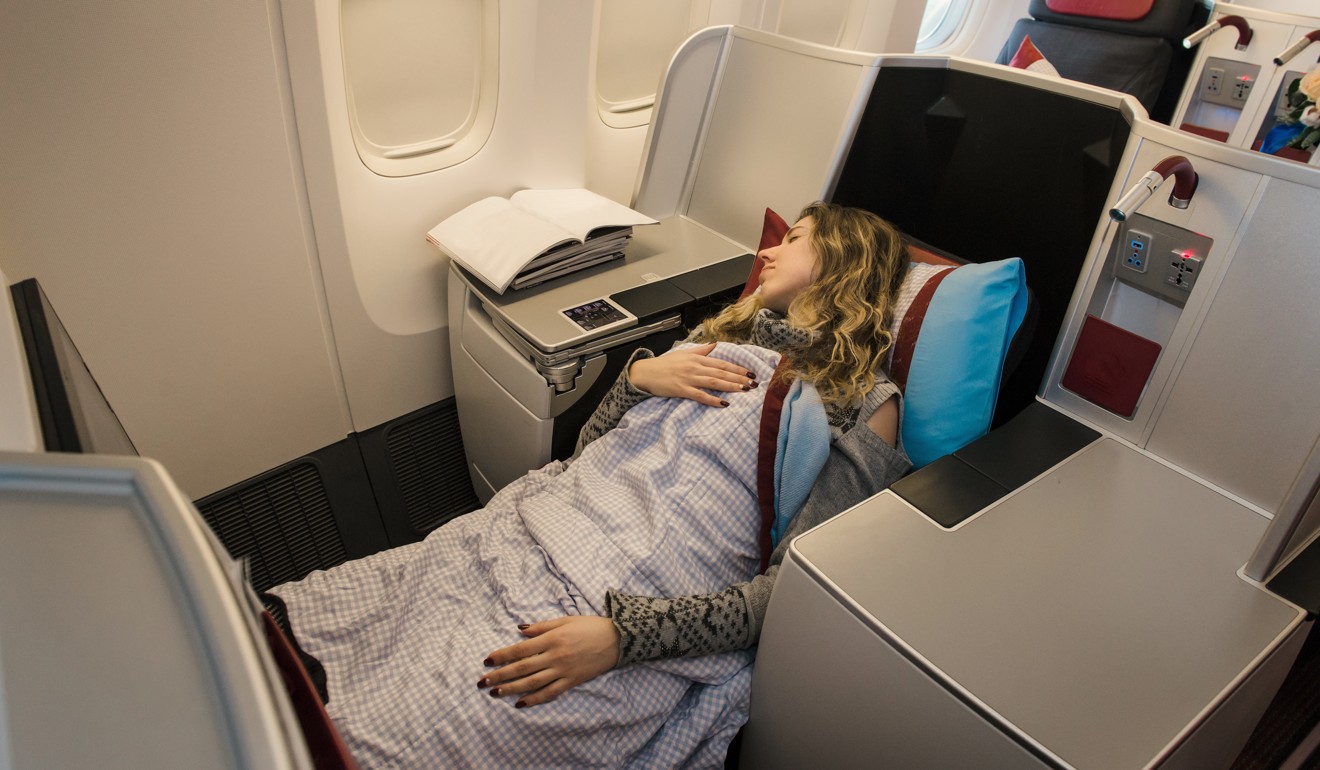
How to fly business class for less on your next holiday – an insider’s tips on flying in style
From monitoring sales to researching seat layouts, it’s possible to fly business if you plan ahead
Do you wish you could travel business all the time – or even just once? For many, upgrading a flight to business class will be a once-in-a-lifetime treat, and even then it will be down to collecting air miles and looking for the best possible prices. Here are some tips on how to find an affordable “treat seat”.
1. Look for a good sale
You might think that the birth of a brand new route will mean cheaper business class seats, but that is not necessarily the case, particularly if the airline has a monopoly over the route, as is the case with Australian airline Qantas’ new non-stop London-Perth flight. You are actually much better off looking at the frequent sales.
“Cathay Pacific offers Vantage Pass every so often, which involves cheaper rates for premium classes,” says Cecilia Yee, marketing director at Flight Centre Asia in Hong Kong. “Middle Eastern carriers such as Emirates and Qatar offer great specials starting from HK$16,000 [US$2,030] to Europe and beyond.”
Best advice to save a fortune on airfare
British Airways and KLM also offer regular deals. “Qatar Airways is often very competitive, with examples this year including London-Hong Kong for HK$14,340 [US$1,826] and Manchester-Auckland for HK$13,730 [US$1,749],” says Dave Smith at AirTravelGenius.com. “Sales can often be available during holiday periods, such as Christmas and New Year, when business travel reduces.”

2. Take a “positioning” flight
Ticket prices for different routes can vary depending on the landing fees levied by some key airports. “For example, Rome or Milan tends to be cheaper than if your end point is in London,” says Yee.
Smith calls this “airfare geo-arbitrage”, explaining that you should compare flight prices to and from a variety of airports within a few hundred miles of your end point. For example, in a recent search for a London-Tokyo business class return with British Airways, the price was £2,593 (US$3,350), but Milan-Tokyo for the same dates and carrier, gave a price of £1,876 (US$2,443).
SkyScanner vs Google Flights vs Kayak in cheap flight tickets war
“That is a saving of 35 per cent, minus the cost of "positioning" flights to start and end the trip,” says Smith.
This is not about using a portion of a flight that contains more than one stop: "positioning" flights are purchased separately from the main itinerary and, as the name implies, involve you flying to wherever the desired flight itinerary is officially departing from.
How much money you actually save will depend on the price of that additional flight – ideally on any budget airline that happens to fly that route. “Obviously this is for more flexible travellers,” says Smith.
3. Monitor “fifth freedom” routes
The international commercial aviation route network has some quirks to it, one of which is the so-called “fifth freedom” routes. “This is where an airline has the right to carry passengers between two cities outside its home country,” says Smith. “Tickets are priced competitively to fill the seats.”
Routes that are often heavily discounted include Hong Kong-Bangkok (Emirates/Royal Jordanian/Ethiopian), Sydney-Auckland (Emirates/LATAM), Frankfurt-Madrid (LATAM), New York-Vancouver (Cathay Pacific), Singapore-Bali (KLM) and London-New York (Air India).
“Fifth freedom routes can be a good way of sampling business or first class on a wide-body aircraft for less,” says Smith

4. Think about layout
Not all business class seats are the same, which is why many frequent fliers are loyal to an airline whose seat design is better than other carriers. If you're not fussy, finding a good deal on a business class seat will be easier.
If you do plan to spend the money on a business class fare, it’s worth doing your research in advance, however. For example, does the airline have two adjacent business class seats – one window and one aisle – or does every seat have direct aisle access?
Basic economy long-haul flights take off: no frills, you pay for extras
“Business class configurations on wide-body aircraft vary across the industry from 1-1-1 to 2-4-2,” says Smith. “For aisle access look for 1-1-1 and 1-2-1 configurations such as Air New Zealand, Air Canada, Virgin Atlantic, Etihad.”
1-1-1 and 1-2-1 are often called “herringbone”, and while you get privacy (there's no need for anyone to climb over anyone else to get to the bathroom), you do not always get a window, even if your seat is on the side of the plane. Though it is brushed over by most airlines, the various layouts often dictate whether one airline’s business class is worth spending big money on or not. You can see details of the airline’s seat layout at SeatGuru (seatguru.com).

